Visiting the Pediatrician in Japan: Seeing the Doctor When Your Kid Is Sick
What To Do When Your Little One Is Under The Weather
Did your kid wake up with a fever, rash or an awful cough? Time to bring them to the doctor! We let you know what to expect from an emergency pediatric visit below.
When children start any schooling, they will be exposed to new viruses and bacteria that their immune systems must learn to fight. While this is entirely normal, it can also be disheartening for families, especially when living away from their home country and health care system. It’s going to be important to get to know your local pediatrician so that your family can get help from a trusted source in Japan.
But what about overnight emergencies? Or if your child has a fever that arises outside of clinic hours (think holidays or Sundays)? Luckily, emergency departments of big hospitals will be open. Educating yourself about the system in Japan in advance will help you get your child the help they need quickly and efficiently. So, let’s get started!
The Best Bet: Your Local Pediatric Clinic
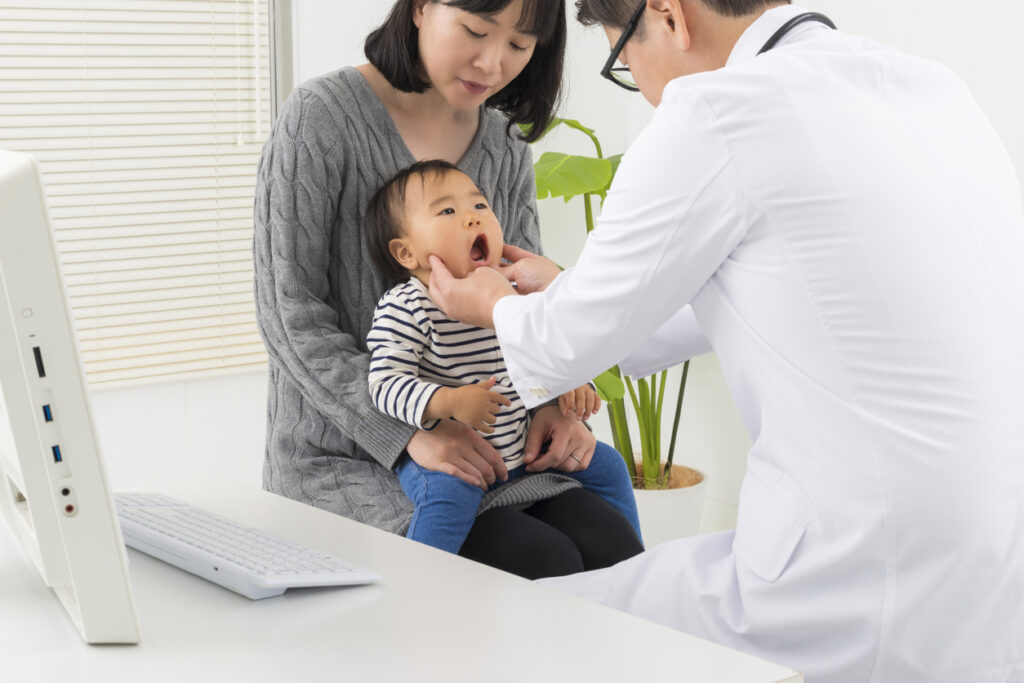 © Photo by iStock: kuppa_rock
© Photo by iStock: kuppa_rockIf you feel comfortable with waiting until morning, your local pediatrician could be a great option. Especially if the local doctor is also your go-to for childhood vaccinations and check-ups, it could be much less stressful for you and your child to visit someone who already knows both of you. Some clinics even have pharmacies in-house for your convenience, saving you a separate trip. Also, depending on the facility, these doctors can often perform flu and COVID tests, x-rays, blood tests and ultrasound scans if they deem any of these necessary.
Booking A Time Slot
Do be advised that many clinics have a jyunban yoyaku system (basically a waiting list) for emergency or same-day appointments. While you can sometimes secure one of these appointments over the phone, you will often be directed to a reservation site where you register for morning or afternoon (space abiding). At the clinic that my family most often frequents, you get a notification on your phone telling you when the clinic is five numbers ahead of you so that you won’t have to wait with your sick kid at the doctor’s for long. If your little one falls sick in the middle of the night, be sure to check the pediatrician’s site for these next-day waiting list appointments; sometimes the registration can start at 12 a.m.
Checking In And What To Expect
At these appointments, expect to first fill out either a paper or electronic Japanese form with your child’s name, age, symptoms (see our list of Japanese phrases below!), how long the symptoms have persisted and sometimes school (in case the local doctor knows when something is going around). Next, you have to take your little one’s temperature and record it and weigh them if you are unsure of their current weight. Then, a nurse will come check on your child and discuss their symptoms before you see the doctor. Once with the pediatrician, they usually do a quick examination (unless they suspect something more severe is awry) and organize the prescription.
Paying
When your appointment is done, it’s time to pay. If your child is covered under a parent’s Employer Health Insurance Plan (shakai hoken) or the National Health Insurance Plan (kokumin kenko hoken), their visit to the doctor may be partly subsidized.
Costs vary across the country. In Tokyo’s 23 wards, for example, medical costs for children through to the end of high school are free under the national plan. Other prefectures, meanwhile, may require guardians to pay part of the expenses which can range from a few hundred yen to 30% of the total cost. Factors such as household income and the age of the child are usually taken into consideration when tallying the final bill. For more information specific to your area, inquire at your next doctor visit.
Dealing with Japanese General Hospitals
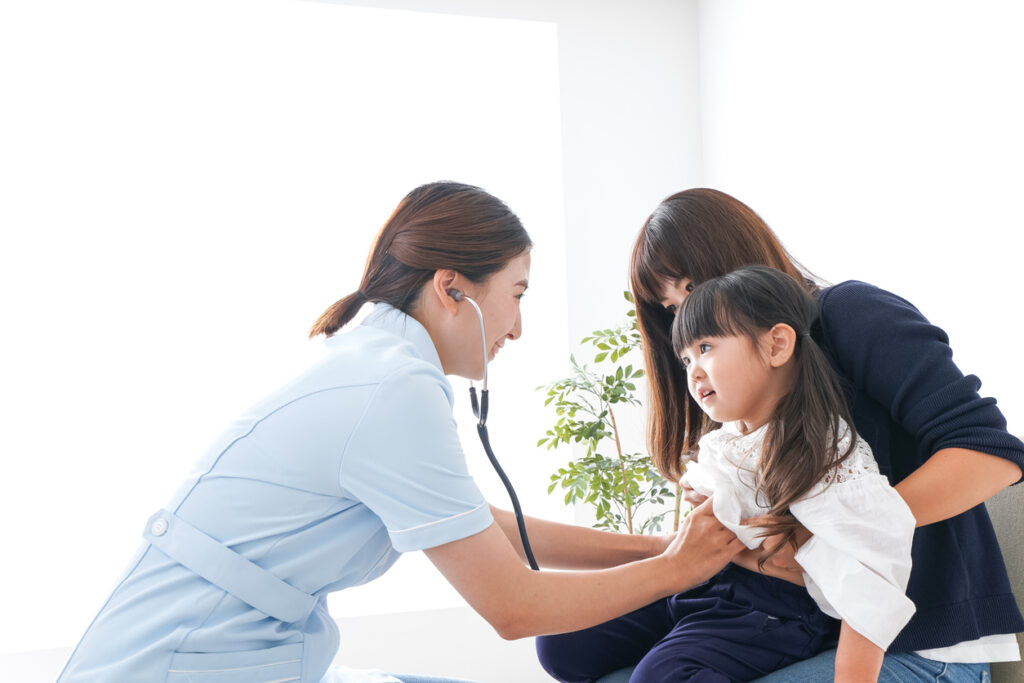 © Photo by iStock: maroke
© Photo by iStock: marokeJapanese emergency rooms can be particularly helpful when children fall very ill in the middle of the night (or on a national holiday). You will most likely see an intern at first, and if they discover a more serious symptom, they will consult or bring a doctor to check the child. Then, you will likely be provided medication for your little one.
Although it’s usually not a necessity for children over three months old with not-so-high temperatures or cold symptoms, having a professional look at your kid can be worth a few hours of sleep loss, especially for first-time or new parents. When in doubt, it doesn’t hurt to consult a doctor, and Japanese national health insurance makes a trip to the emergency room very affordable.
Call Ahead
It is always a good idea to call the hospital before going, as they may be dealing with another more pressing emergency that would prevent them from looking at your child for several hours. In that case, someone can refer you to another hospital nearby that is more likely to have availability.
What about service in English?
English is not necessarily spoken fluently in Japanese hospitals, but all doctors have to study the names of diseases, viruses, symptoms and medications in English, so if you can drop a lot of medical vernacular, the doctor should be able to understand. Most usually have a Japanese-English dictionary on hand as well. Some hospitals in central Tokyo, such as Sanno, Jikei and the Japanese Red Cross Medical Center have English-speaking staff available to help out when needed.
Helpful Japanese Vocabulary For Pediatric Visits
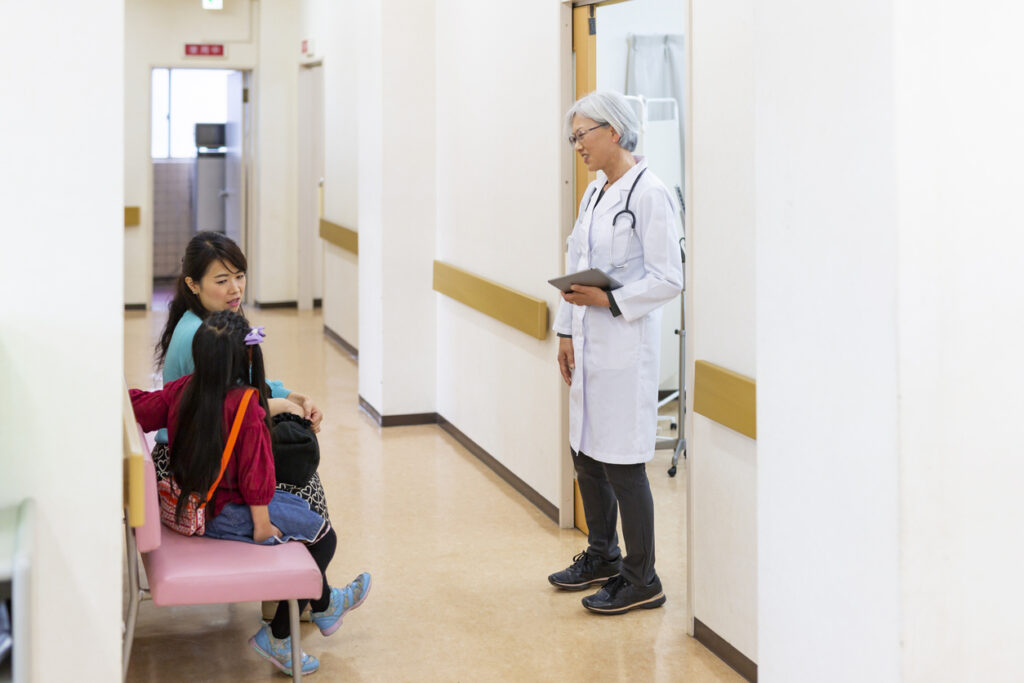 © Photo by iStock: davidf
© Photo by iStock: davidf| Kanji | Romaji | English |
| 小児科医 | Shounikai | Pediatrician |
| 母子手帳 | Boshi techou | Parent-Child Handbook (0-6 year-old children’s medical record) |
| 保険証 | Hokenshou | Health insurance card |
| 医療証 | Iryoushou | Medical card; proof of child’s extra fee coverage through municipal funds (depends on city/town/village) |
| 薬手帳 | Kusuri techou | Medication handbook (where previous and current medications for your child are listed) |
| 粉薬 | Konagusuri | Powder-type medication |
| シロップ | Shiroppu | Liquid-type medication (syrup) |
| 薬局 | Yakkyoku | Pharmacy |
| 予約 | Yoyaku | Reservation |
| 体温 | Taion | Body temperature |
| 病気 | Byouki | Sick (general) |
| 風邪 | Kaze | Cold, but could also mean most respiratory viruses/bacteria |
| 熱 | Netsu | Fever |
| 湿疹 | Shisshin | Eczema; rash |
| 発疹 | Hasshin | (Viral) rash |
| 手足口病 | Te Ashi Kuchi Byou | Hand, Foot and Mouth Disease |
| インフルエンザ | Infuruenza | Flu; influenza |
| コロナ | Korona | COVID |
| 喉が痛い | Nodo ga itai | Sore throat |
| 耳が痛い | Mimi ga itai | Earache |
| 頭痛 | Zutsuu | Headache |
| 鼻水が出る | Hanamizu ga deru | (to have a) Runny nose |
| 咳が出る | Seki ga deru | (to have a) Cough |
| 痰 | Tan | Phlegm |
Good luck and odaiji-ni (get well soon)!
Have you taken your kids to the pediatrician in Japan before? How was your experience?












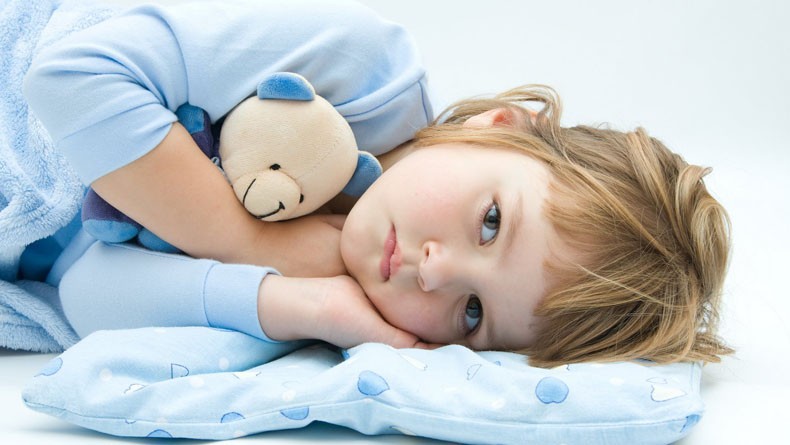
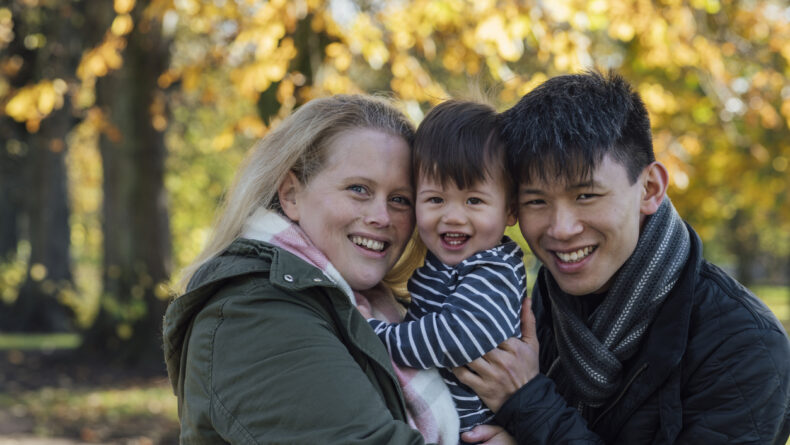

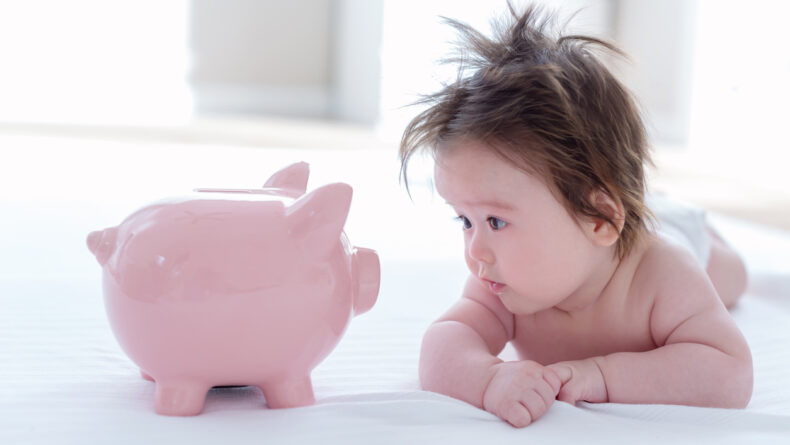
Leave a Reply